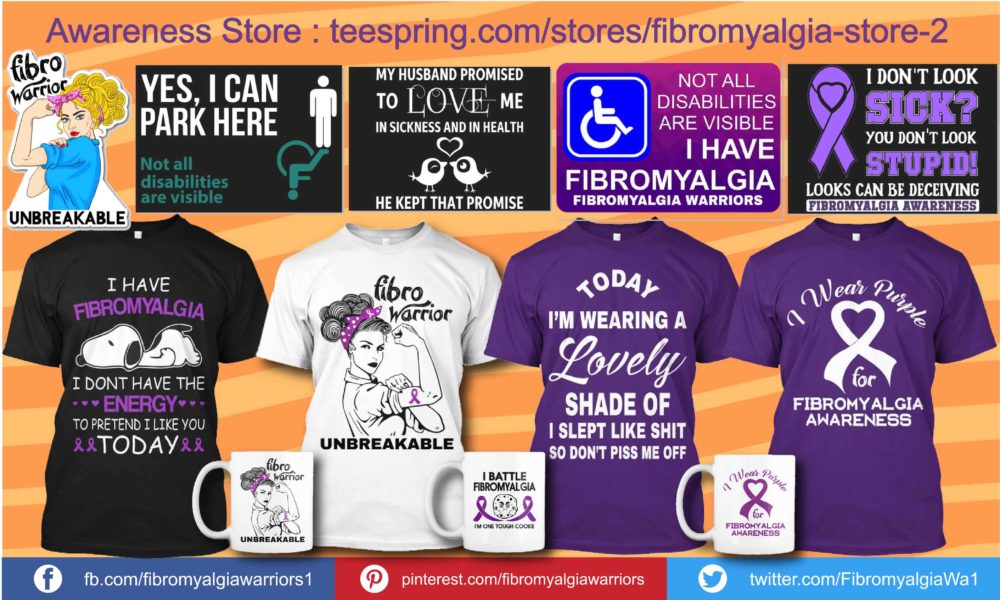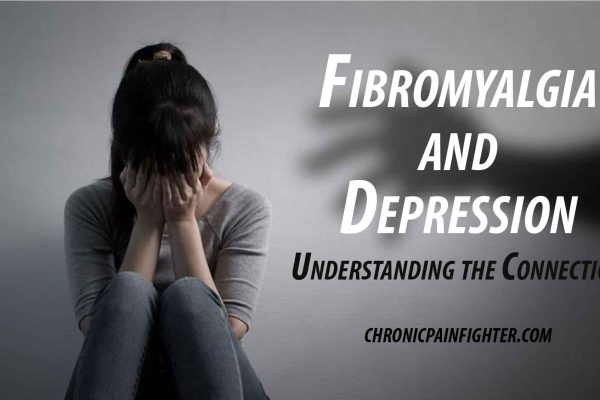Fibromyalgia, a chronic condition characterized by widespread musculoskeletal pain, fatigue, and other symptoms, has long been associated with women. However, the question remains: Does fibromyalgia affect men and women equally? The answer is nuanced and requires a closer look at the research and societal factors that may influence the perceived prevalence.
The Prevalence Puzzle: More Women Diagnosed
Statistics consistently show that women are diagnosed with fibromyalgia at a significantly higher rate than men. Studies suggest that the ratio of women to men with fibromyalgia is around 9:1. This disparity has led to the misconception that fibromyalgia primarily affects women. However, this doesn’t necessarily mean men are less likely to have the condition.
Why the Gender Gap?
Several factors contribute to the apparent gender gap in fibromyalgia diagnosis:
- Hormonal Influences: Research suggests that estrogen may play a role in the development or progression of fibromyalgia. This could explain the higher prevalence in women, especially during reproductive years.
- Pain Perception: Studies indicate that women tend to report pain more readily than men. This difference in pain perception could lead to more frequent diagnoses among women.
- Social Factors: Women are often encouraged to express their pain and seek medical help for it, while men might be socialized to suppress pain. This difference in seeking healthcare could contribute to the observed disparity.
- Diagnostic Bias: The medical field has historically been biased toward diagnosing women with fibromyalgia, sometimes overlooking other potential causes of pain.
The Challenges of Diagnosing Fibromyalgia in Men
Diagnosing fibromyalgia in men presents unique challenges:
- Symptom Overlap: Men often experience symptoms that overlap with other conditions like osteoarthritis, muscle strains, or even mental health issues. This makes differentiating fibromyalgia from these other conditions more difficult.
- Different Presentation: Men with fibromyalgia may experience a different symptom profile than women. They might report more fatigue and less widespread pain, leading to a delay in diagnosis.
- Underreporting: Men are less likely to report pain or seek medical attention, making diagnosis even more challenging.
Misconceptions and Stigma
The misconception that fibromyalgia is primarily a woman’s condition can lead to stigma and disbelief among healthcare providers and even the patients themselves. Men with fibromyalgia may face:
- Delayed diagnosis: Doctors might be less inclined to consider fibromyalgia as a possible diagnosis in men, leading to prolonged suffering.
- Dismissed symptoms: Men’s symptoms might be attributed to other factors, neglecting the real possibility of fibromyalgia.
- Lack of support: The lack of awareness and resources specifically for men with fibromyalgia can make it difficult to find support and navigate the condition.
Bridging the Gap: Better Understanding and Treatment
To address the gender gap in fibromyalgia diagnosis, we need a shift in approach:
- Educating Healthcare Providers: Increased awareness among medical professionals about the nuances of fibromyalgia in men is crucial. Training programs that highlight the different symptom presentations and diagnostic challenges in men are essential.
- Promoting Open Dialogue: Encouraging open communication about pain and seeking medical help regardless of gender is vital. Addressing societal expectations around masculinity and pain expression can be beneficial.
- Research Focused on Men: More research focusing on the unique presentation and treatment of fibromyalgia in men is necessary to understand the condition better and develop more tailored therapies.
- Supporting Men with Fibromyalgia: Building resources and support groups specifically tailored for men with fibromyalgia can help them navigate the condition with greater confidence and less stigma.
Moving Forward: A More Equitable Future for All
The belief that fibromyalgia affects only women is a misconception that must be challenged. A deeper understanding of the condition in both men and women, along with increased awareness among healthcare providers, will help bridge the diagnostic gap and ensure equitable access to diagnosis and treatment for all.
By recognizing the complexity of fibromyalgia, dispelling harmful stereotypes, and fostering a more inclusive approach to diagnosis and treatment, we can move towards a future where both men and women with fibromyalgia receive the appropriate care and support they deserve.






